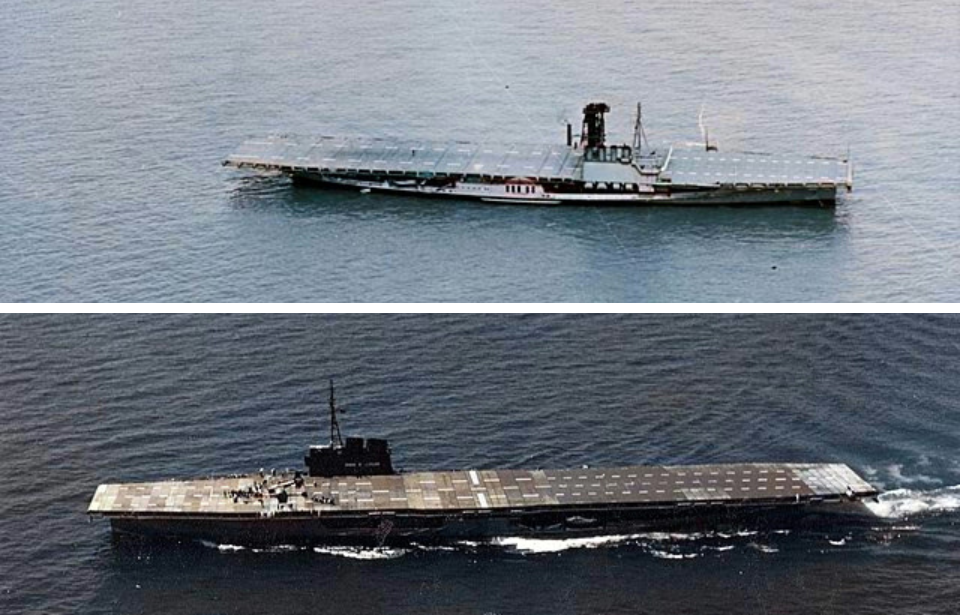Turning luxury vessels into aircraft carriers
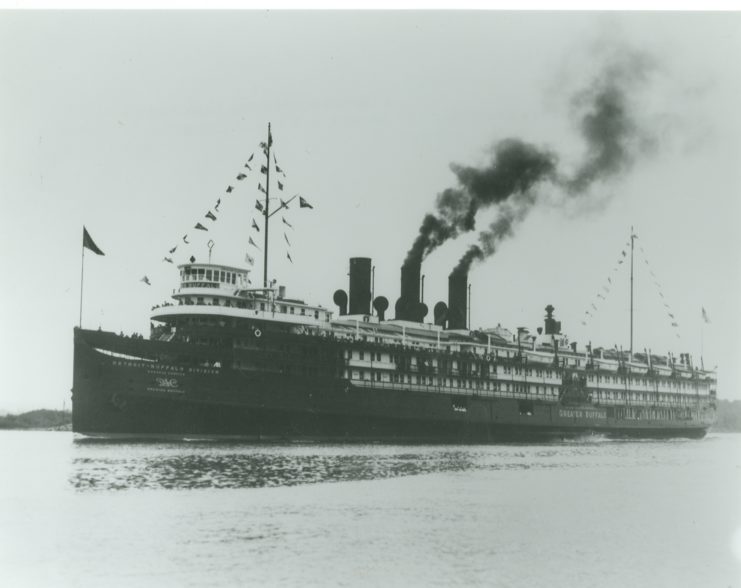
Cmdr. Richard F. Whitehead, an aviation aide at the Great Lakes Training Center at Glenview Naval Air Station, Chicago, was the first to propose using civilian vessels for pilot training. He understood the advantages of training away from combat and strongly advocated for this approach.
At first, military officials were largely dismissive of the idea. However, the events of December 1941, particularly the Japanese attack on Pearl Harbor, changed their perspective. As the shortage of aircraft carriers on the front lines became evident, Adm. Ernest J. King promptly endorsed Whitehead’s proposal.
USS Sable (IX-81)
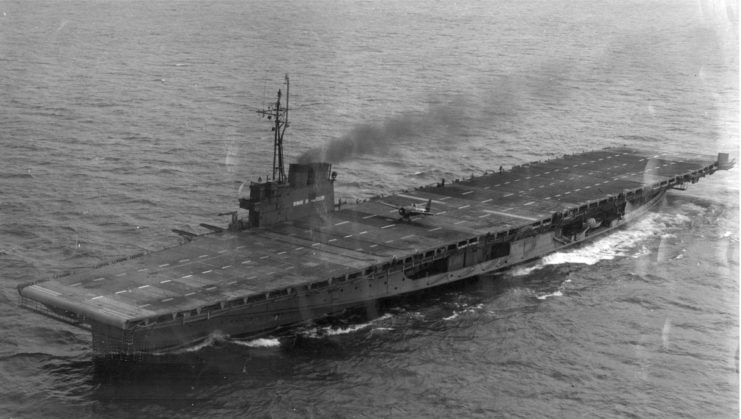
After being acquired by the US Navy, the Greater Buffalo underwent major alterations. Her cabins and superstructure were removed and replaced with steel supports. Unlike her sister ship, the USS Wolverine, the Sable was equipped with a steel flight deck instead of a wooden one, a modification intended to facilitate testing of non-skid coatings for military use.
Renamed USS Sable, she, like her sister ship, remained unarmed and lacked armor, elevators, and a hangar deck.
A notable aspect of her service with the Navy was the presence of numerous crew members who had previously served on the USS Lexington (CV-2), which was lost in the Battle of the Coral Sea.
USS Wolverine (IX-64)
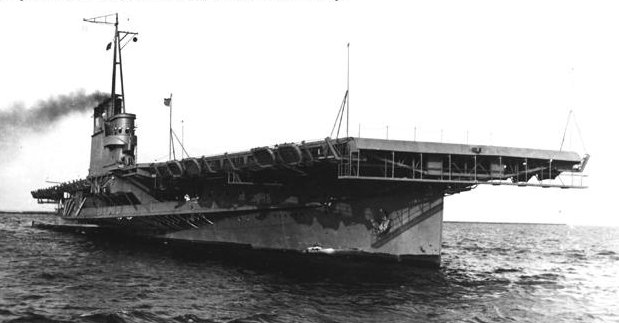
Originally christened as the Seeandbee in November 1912, the USS Wolverine began her life as a lavish side-wheel paddle steamer operating on the Great Lakes. Designed to accommodate up to 6,000 passengers and transport 1,500 tons of cargo, she served routes between Cleveland, Ohio, and Buffalo, New York.
In 1942, the US Navy acquired the Seeandbee with the intention of transforming her into an aircraft carrier. The vessel’s stability and agility, provided by her side-wheel paddles, made her a promising candidate for the role.
The conversion included installing a 550-foot wooden flight deck, a new superstructure, and arresting cables. Renamed Wolverine, she resembled a smaller aircraft carrier but lacked many critical features of her larger, ocean-going counterparts, such as weapons, armor, elevators, and a hangar deck. Moreover, her flight deck was situated closer to the waterline.
Training pilots in the Great Lakes
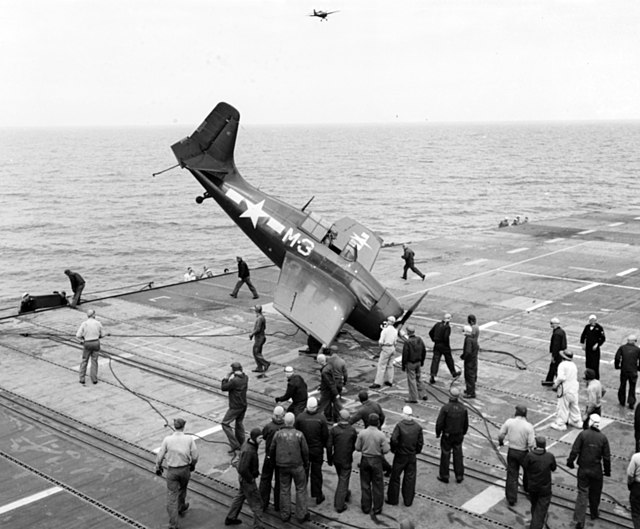
By 1943, both the USS Wolverine and Sable – nicknamed the “Corn Belt Fleet” – were stationed out of Navy Pier, in Chicago. They were assigned to the 9th Naval District Carrier Qualification Training Unit (CQTU), and operated throughout Lake Michigan.
Trainees were taught how to takeoff and land on aircraft carriers, with the idea being that, if they could successfully accomplish their tasks on the shorter flight decks, then the larger ones wouldn’t be an issue. While conducting their training, the pilots were made to keep their cockpits open, in the event of a crash, and to “graduate” they had to carry out 10 (later eight) takeoffs and landings.
Training occurred seven days a week. However, it was often curtailed due to a lack of wind over the decks of the aircraft carriers. In order for aircraft to effectively take off, they need a certain amount of wind, and the lack of it over Lake Michigan meant that heavy aircraft like the Grumman F6F Hellcat, Vought F4U Corsair, Douglas SBD Dauntless and Grumman TBM Avenger were unable to operate from them.
Over the course of the Second World War, Wolverine and Sable trained 17,820 pilots, including future US President George H.W. Bush, and were the sites of 116,000 landings. Fewer than 300 aircraft were lost. On top of training aviators, Sable was also used to test the TDR-1, a wooden remote-controlled drone.
Decommissioning of the USS Wolverine (IX-64) and Sable (IX-81)
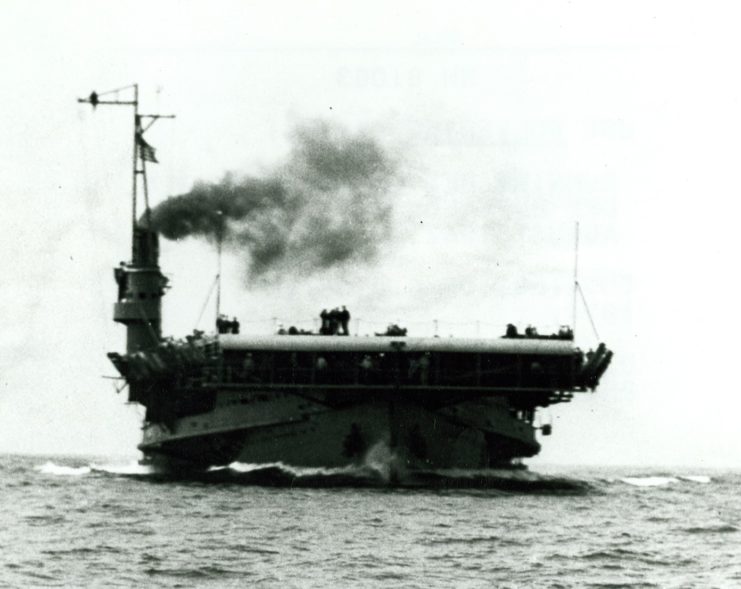
After World War II ended, the USS Wolverine and Sable were taken out of commission and struck from the Naval Vessel Register. Wolverine was put up for sale to the public, either for flag operations or scrapping, and was eventually sold for scrap in December 1947.
Are you a fan of all things ships and submarines? If so, subscribe to our Daily Warships newsletter!
The Great Lakes Historical Society’s effort to convert Sable into a museum was not successful. Following that, the ship was sold to the US Maritime Commission, where it was disassembled and scrapped.
